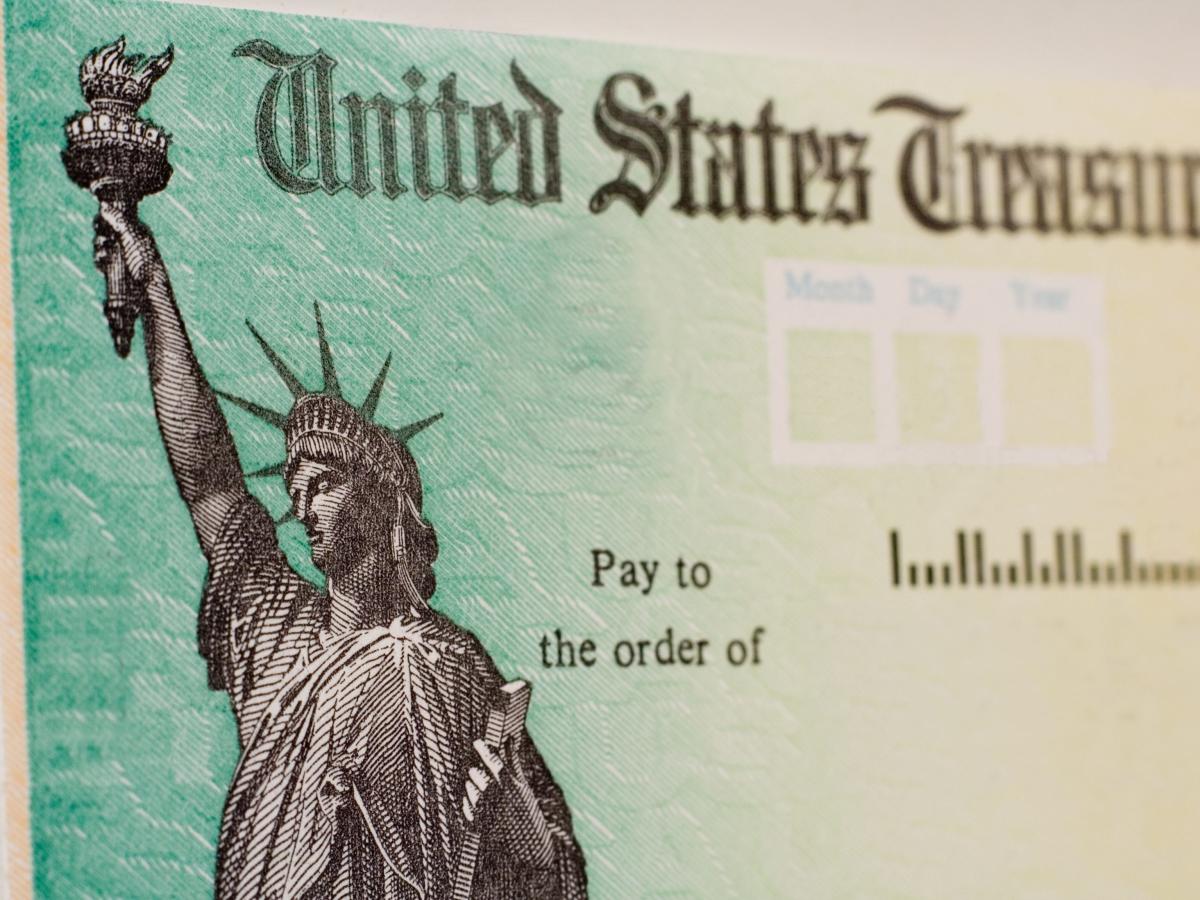US data: GDP grows 4.9%, jobless claims rise to 210K
The US gross domestic product accelerated to a 4.9% annualized rate, more than double the second-quarter pace, topping estimates.
Bloomberg
There may be an explanation for why the U.S. economy has been remarkably resilient, growing briskly despite high inflation and interest rates.
Maybe it isn’t so resilient after all.
This week, the Commerce Department revised up its estimate of economic growth in the third quarter to an annual rate of 5.2%. That’s the fastest expansion of the nation’s gross domestic product – the value of all goods and services produced in the U.S. — since fall 2021, when the country was still bursting with pent-up demand following the pandemic.
But a far-lesser-known gauge of the economy tells a starkly different story.
Gross domestic income (GDI) rose at an annual rate of just 1.5% in the July-September period and has grown feebly over the past year even while GDP has advanced solidly. Over the past four quarters, GDP has increased 3% while GDI has fallen 0.16%, according to an analysis of Commerce data by Joseph LaVorgna, chief economist of SMBC Nikko Securities.
That’s the biggest disparity between the two measures in recent memory.
The total level of GDI is also 2.5% below that of GDP, the largest gap since 1993, says Barclays economist Jonathan Millar
LaVorgna argues that GDI is doing a better job of picking up the early signals of a recession that many economists believe will hit the U.S. next year.
“I think GDP is overstating the strength of the economy,” LaVorgna says.
The debate over which economic measuring stick is better isn’t just academic. The Federal Reserve may want to see the economy cool down before deciding that inflation is pulling back enough so that it doesn’t have to raise interest rates again.
What is the difference between GDP and GDI?
GDI is an alternative way to measure economic output. GDP tallies all spending by businesses, consumers, overseas companies and the government by conducting a wide-ranging survey of retailers, car dealers, manufacturers and others.
GDI estimates all income in the form of wages and salaries, corporate profits, interest and dividends and rents.
In theory, the two gauges should arrive at exactly the same total because every dollar that someone spends is another person’s income. In reality, however, they often diverge because the data is collected through different surveys from different sources and both are subject to sampling error.
Over time, GDP and GDI tend to converge either because one measure catches up to the other or because of revisions that affect both GDP and GDI, LaVorgna and Millar say.
GDP is the far more popular way to take the economy’s temperature. That’s partly because the first GDP estimate for the most recent quarter is released weeks before the first GDI estimate, LaVorgna notes. And GDP offers a far more detailed breakdown of the economy’s components, such as consumer spending, business investment and housing construction.
Is there a better indicator than GDP?
But Jeremy Nalewaik, a former economist at the Federal Reserve, says GDI may be a better barometer. He noted that the initial estimates of GDI are closer to the final estimates of both measures than early GDP figures, according to a 2016 paper by the Federal Reserve Bank of St. Louis.
GDI, he concluded, is also better at predicting recessions, Barclays’ Millar says.
One reason GDI may be more accurate is that rather than simply poll businesses, it relies on hard data such as unemployment insurance claims to measure wages and salaries, LaVorgna says.
GDI, LaVorgna says, is particularly more reliable during big shifts, or inflection points, when the economy is transitioning from a period of strength to weakness or vice versa. That’s the case now, he says.
Is the US approaching a recession?
After growing at an average pace of 3.2% annualized the past three quarters, the economy is expected to expand by less than 1% in the current quarter and 1.2% next year, according to economists surveyed by Wolters Kluwer Blue Chip Economic Indicators. The economists reckon there’s a 47% chance of recession in the next 12 months, down from earlier estimates but still historically high
Why?
The Federal Reserve’s aggressive interest rate hikes since early last year are finally poised to take a bigger toll on consumer and business spending, and low- and middle-income households have largely depleted their COVID-related savings from stimulus checks and hunkering down at home, many economists say.
What is the current state of the job market?
LaVorgna says the poor GDI numbers are also more consistent with a job market that has notably slowed this year and consumer confidence that remains historically low despite an uptick in November. Average monthly job growth has downshifted from about 300,000 to 200,000 since early this year and the unemployment rate has risen from a 50-year low of 3.4% to 3.9%.
Millar, however, says those kinds of job numbers are still sturdy and, along with strong consumer spending figures, notwithstanding some softening in October, are far from flashing a recession signal.
Smart about money Why do millennials know so much about personal finance? (Hint: Ask their parents.)
Meanwhile, he says, corporate profits have been difficult to measure recently because of sharp swings in energy costs and other prices, and turmoil among regional banks due to bond losses resulting from high interest rates.
In the current environment, “I would favor GDP,” Millar says.

Jessica Roberts is a seasoned business writer who deciphers the intricacies of the corporate world. With a focus on finance and entrepreneurship, she provides readers with valuable insights into market trends, startup innovations, and economic developments.







